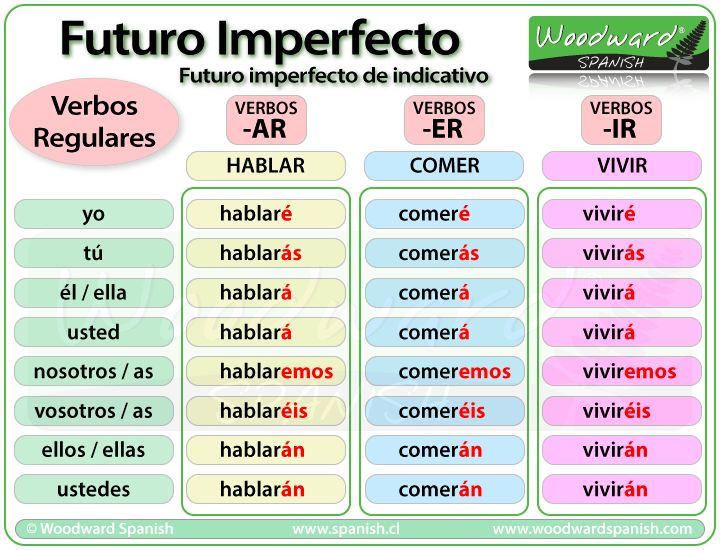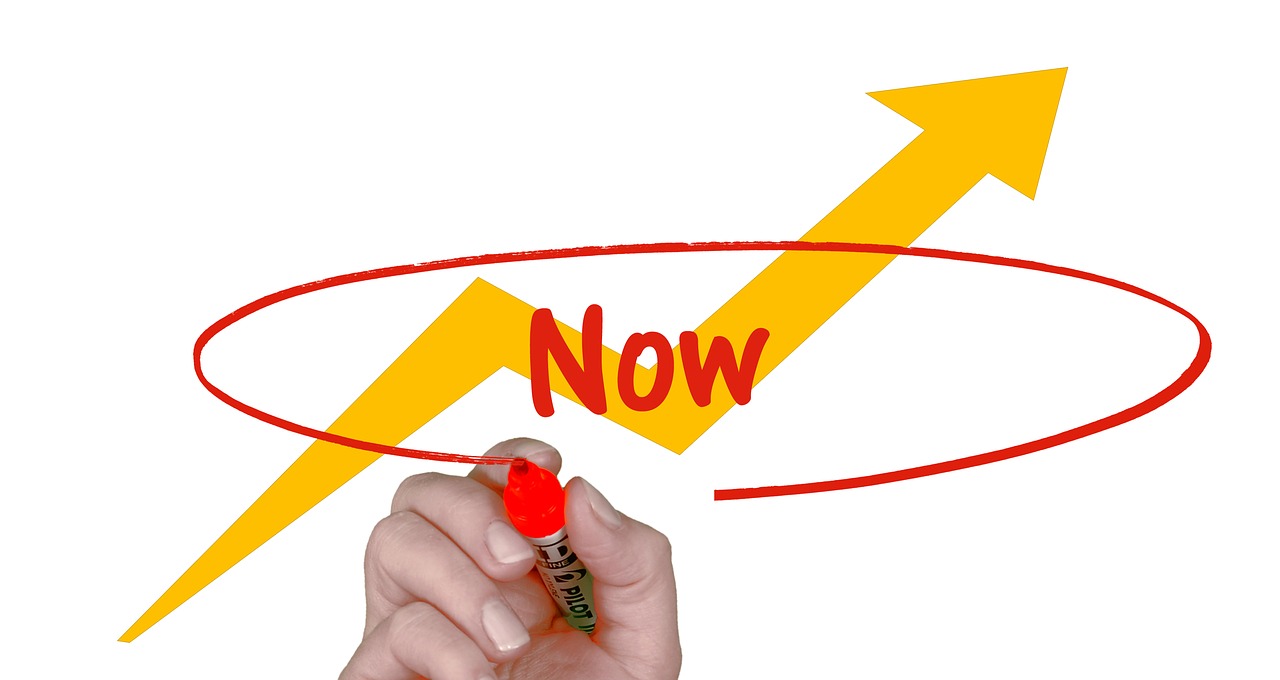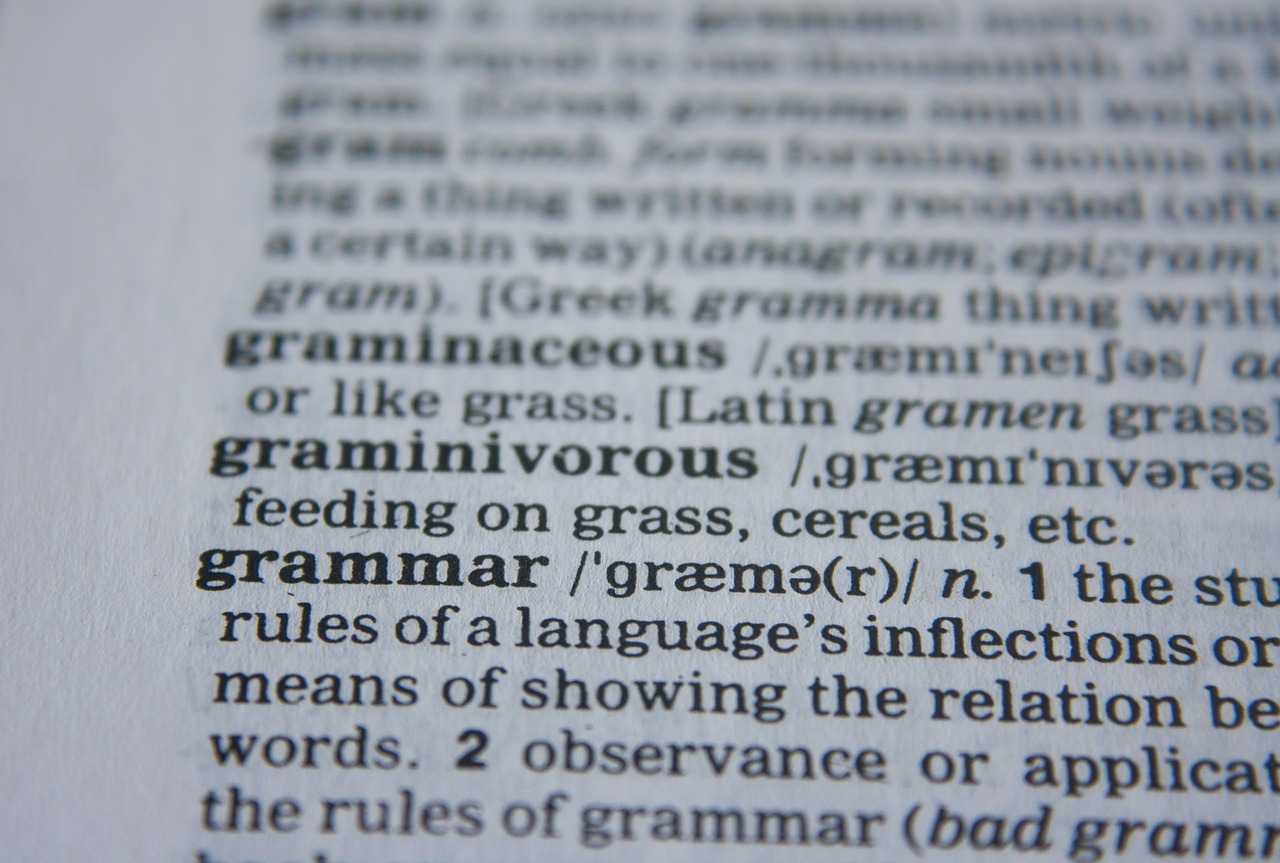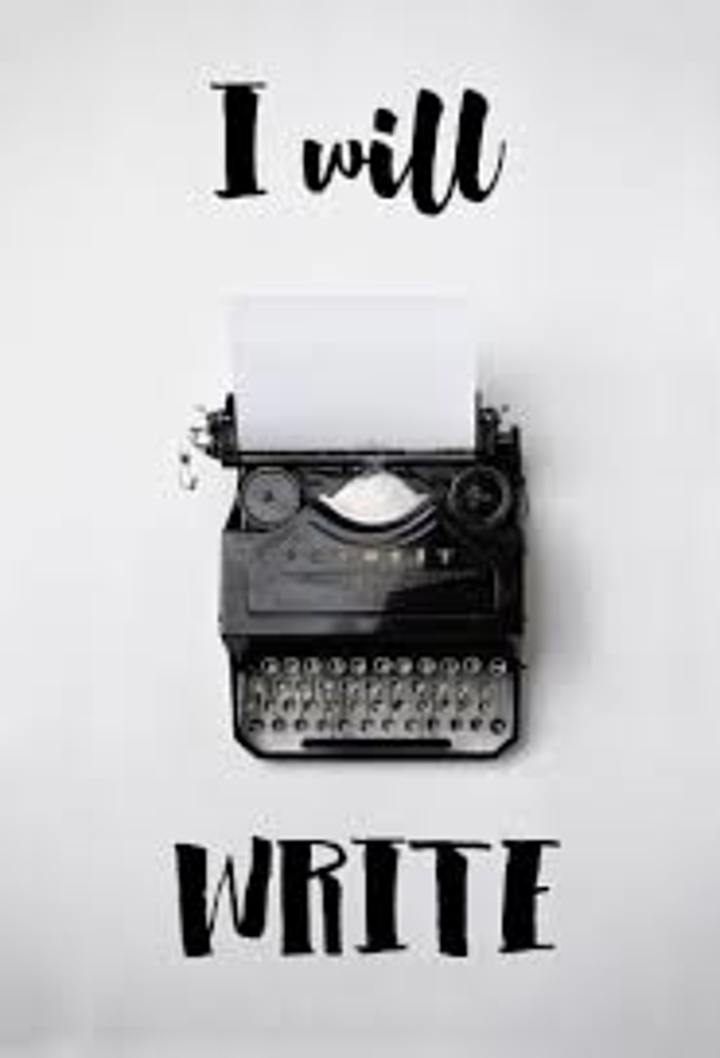Learn Spanish in 90 Days Challenge: Day #60

Learning Spanish grammar can make your head spin. That’s what I found out as I continued my journey to learn Spanish in 90 days.
I’m on Day 60 of 90 and while I’ve made great strides in vocabulary and pronunciation, I have a long way to go in grammar.
In this article, I’m going to go over where I’m at in my learning journey, where I need to improve, and list out ways you can learn Spanish grammar quickly.
Let’s get started!

Where Am I Now?
When I first started my Spanish challenge, I was at an A1 level. I was able to improve over the first month. The second month, I wanted to focus on three key areas: grammar, vocabulary and pronunciation.
My intent was to focus on all three at the same time.
I found that during the first month, I had a challenging time sticking to a structure. I created a structure for myself where I would study for an hour a day. I blocked off a half hour in the morning and a half hour in the late afternoon to study. During each block, I would focus on one of the key three areas.
I stuck to this structure pretty much every day, even weekends.
The work paid off. At the 60-day mark, I retook the same language test that I took in Day 1. This is an online test at the Cervantes Escuela Internacional. It’s a decent guideline.
It’s the type of test where the same questions appear. I didn’t want that to skew my results (by memorizing the questions after taking the test multiple times), so I took the test once and haven’t looked at it since.
When I took the A1 level quiz the first time, I remember thinking that it was kind of hard. I was familiar with some things, but not with others.
This time was different. I understood the questions easily. In this context, Spanish didn’t look like a foreign language.
I easily passed the A1 level and I was one correct answer away from the B1 level. Not a bad jump in only a month!
My improvements weren’t only on paper. I’ve been out more, speaking more and more and seeing steady improvements in listening and pronunciation.
I would notice vocabulary words that I studied would appear in conversation. I would get excited to know what the words were and what they meant.
Still, the biggest sticking point was grammar. As much as I tried, I couldn’t understand basic sentence structure. That made it hard to speak in sentences. I could say short sentences like "Él piensa", but beyond that, I was pretty useless.
I made the choice to focus heavily on this area and continue to build my vocabulary.

A Guide To Learning Spanish Grammar
I hadn’t had a proper grammar lesson since the 4th grade, so I was a little rusty. In English, I know what pronouns, nouns, adjectives and verbs are. I completely forgot about prepositions (from, above, in front of), helping verbs, reflexive verbs, direct objects, the list goes on.
I’m going to lay out a few lessons that I learned and share how you can avoid them.
Lesson #1 Start With an Accessible Book
Like I had mentioned, I could not get a handle on learning Spanish grammar. I studied a lot, I just couldn’t retain anything.
The book that I started with was dry and uninspiring. It’s very useful and thorough, but for someone who needs to remember grammar basics, I needed something more accessible.
I found that in the book Just Enough Spanish Grammar Illustrated by Gabrielle Stobbe. It’s geared toward high school kids. Even though I’m well past high school, I found the book to be engaging and incredibly helpful.
They layout helped me remember the parts of speech and sentence structure that I completely forgot about.
Starting with a basic book also makes it easier to graduate on to more challenging books to improve.
Lesson #2 Use Flash cards
I am a big fan of using flash cards for vocabulary. They can also be used to learn grammar and sentence structure.
These flash cards go beyond having the verb on the front with every possible conjugation on the back. That’s a lot and you wouldn’t remember much in the context of using everyday language. It might get you to pass an exam, but not say that you’re going to buy new clothes.
I have a couple of sets of flash cards – one for vocabulary and one for grammar.
The vocabulary words are simple. I have a picture on the front and the word on the back. Studies show that pictures are worth way more than 1000 words. And it’s true.
You may find that it’s easy to create flash cards for nouns. How in the world do you create them for learning Spanish grammar?
There are a couple of ways. The first is to treat the stem of the verb as a regular vocabulary word.
For example, I have a flash card for the verb escribir (to write). On one side of the card, I have the word, and on the other side I have a picture of a person writing, like the one below.

Most verbs end in -ir, -ar, and -er, and follow a similar pattern. You can apply this pattern to learning Spanish grammar.
If I wanted to learn I will write, I can pull an image from Google Images, and use that on one side and Escribiré on the other side.

When you choose an image, make sure that it's an image that you can relate to and will help you remember the word. You'll find that some images work better than others.
Lesson #3 Learn By Speaking
The whole point of learning a language is to be able to communicate with others. You can't do that just from reading a book or writing out flash cards.
You have to be able to speak!
This is where a tool like Speechling comes in handy. I've been able to reinforce my learning by speaking through the app. That also counts as pronunciation practice.

Looking Ahead
I have 30 days left to hit my goal of being at a B2 level of Spanish fluency. While I have made progress, I'm still a ways from hitting the target.
I do know that consistency matters. I am committed to hitting my target and I know that with the structure I set in place, and my ability to stick with it, I will continue to see improvements.